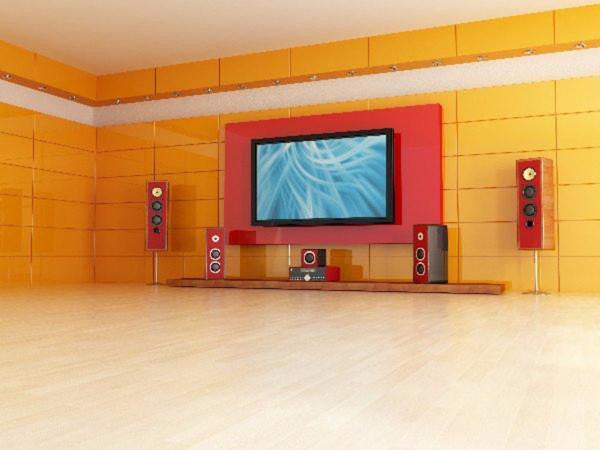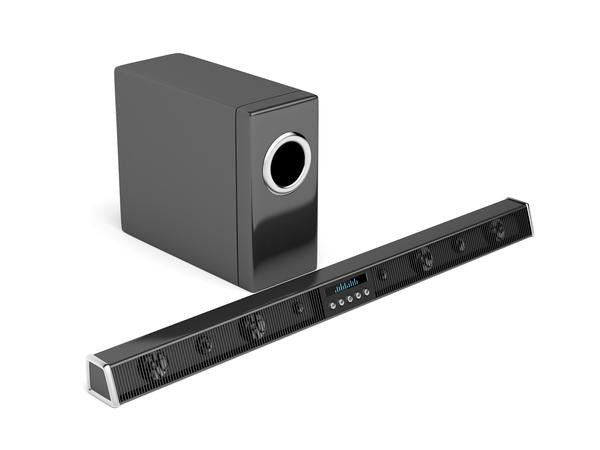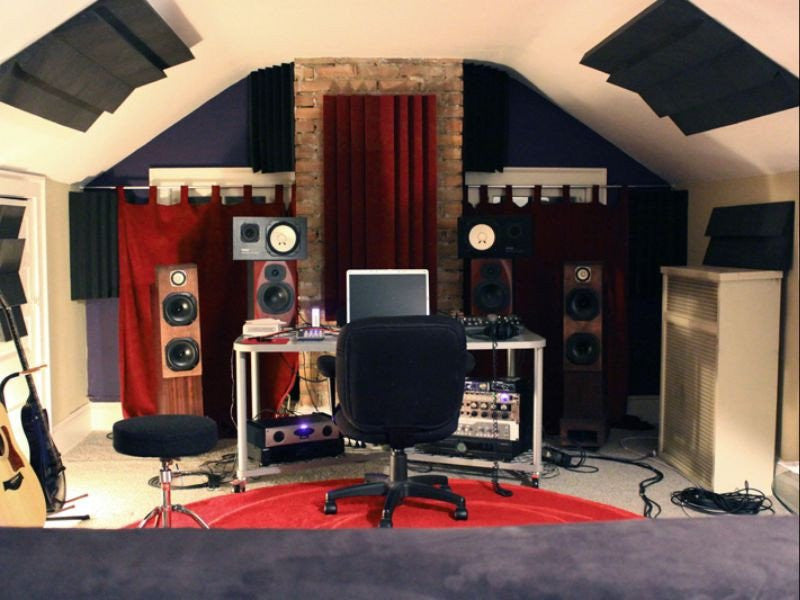The Pillars
In the quest to get the best home audio system, audiophiles spend hours researching the speakers, the AV receiver and the subwoofers. In this haste to get the latest and the greatest gear, sometimes people forget to factor in the less glamorous aspects of the system - like cables. Cables carry a lot of importance in an audio system. The efficiency with which the cables carry the signal can make or break the sound, even if the rest of your hardware is top notch.
Digital or Analog. Which is better?
The war between the digital and analog has been raging ever since the introduction of digital music over three decades ago. Analog cables work by transmitting information through streams of electricity, while digital cables work by transmitting information through a series of 1’s and 0’s.
Audiophiles prefer analog for the same reason vinyl is prevalent: purity of sound. Analog devices using analog connections are “natural”. The digital format, however, is ubiquitous and more accessible. It might not be “natural” but it can emulate the “natural-ness” very closely. In truth, one does not trump the other.
The choice between digital and analog depends on what suits you best, how it sounds.
HDMI: High-Definition Multimedia Interface is the new all-in-one solution to transfer uncompressed video and compressed/uncompressed audio. This is made possible using the “Audio Return Channel” where a cable that sends a video signal upstream can simultaneously receive an audio signal downstream. The introduction of the “Audio Return Channel” removes the need for separate cables for video and audio. The HDMI cable is also capable of delivering uncompressed audio to eight channels for a complete 7.1 surround sound system. HDMI can pass, along with Dolby Digital, the Dolby TrueHD and DTS HD Master Audio. TrueHD and HD Master Audio cannot get transmitted over optical, giving HDMI a certain superiority.
CoAxial: A coaxial cable is a digital connector that looks like an RCA connector, but transmits digitally instead. The cable consists of an inner conductor surrounded by a tubular insulating layer, surrounded by a tubular conducting shield. The ends of coaxial cables have familiar, reliable RCA jacks. Coaxial cables, however, are susceptible to Radio Frequency Interference and Electromagnetic Interference. If there is any existing noise in the system, the coaxial cable may transfer the noise between the components. It also loses signal strength over large distances, but that is not a problem to the average home user.
Optical: Optical cables transfer information using a series of flashing lights. These “lightpipe” cables can carry multiple audio channels through a single cable. This standard was introduced by Toshiba in 1983 and therefore, are called Toshiba Link or TOSLINK cables. This cable, which can go up to five meters in length, supports up to 7.1 channels of high resolution audio and for the majority of devices, there will be no discernible difference between the sound carried by an HDMI cable and a TOSLINK. HDMI has almost made the TOSLINK obsolete, but it still is useful. If you want to isolate the audio, keep an older device alive or eliminate ground loop hums, TOSLINK is your best friend.
Analog: If you’re an audiophile and you want to get the most out of your vinyl collection, then you’re probably already using an analog stereo connection. Even if you’re not an audiophile, you’re using an analog connection. Every mobile phone, mp3 player and computer has an analog output, usually the 3.5 mm jack. If any noise is induced in the analog signal, it manifests itself as static. Analog connections can transmit a single channel through a single cable. The prominent RCA connectors can sometimes degrade the quality of digital recordings.
The Final Question
The choice between HDMI, Analog, Coaxial and Optical depends on your gear. Maybe you have everything connected to your TV and if you want to get the audio out to a soundbar you can use an optical cable. Don’t sweat over not being able to connect with HDMI. For most setups, optical and HDMI will give out the same output.
Optical is immune to RF/EM interferences, but it doesn’t support the Blu Ray disk formats. If you want to use an analog connection on your CD player, you need a digital to analog converters.
If you want a hassle free setup, HDMI cables are best suited for your needs. If you can live with not having TrueHD or HD Master Audio, go for optical. If you’re a purist, you’d already have an analog connection. There is no one better than the other two, however. The choice between is HDMI, Optical, Coaxial and Analog is simply a matter of personal preference.






Comments
0 comments